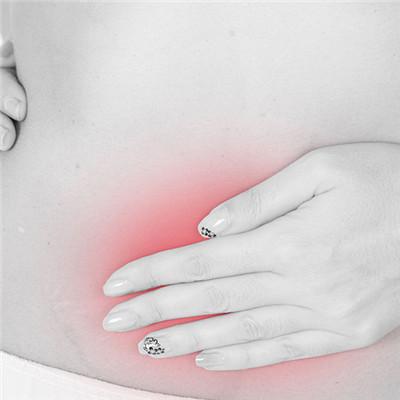Peripheral facial paralysis?
summary
Peripheral facial paralysis is caused by acute non suppurative facial neuritis in the stylomastoid foramen. The main clinical symptoms were sudden paralysis of one side of the face, mouth and eye deviation. So what are the specific symptoms of peripheral facial paralysis? I hope the following introduction can be helpful to you. If you don't say much, please look at the following content.
Peripheral facial paralysis?
The first symptom is auditory hypersensitivity; The mechanism of hearing hypersensitivity is as follows: the tensor tympani muscle which keeps the tympanic membrane tense is dominated by the pterygoid nerve of the trigeminal nerve branch, and the stapes muscle is dominated by the facial nerve. The two muscles are antagonistic and keep balance. When facial nerve paralysis, stapes muscle paralysis, therefore, the relative tension of the tensor tympanic membrane, high tension tympanic membrane, small sound produce strong vibration, produce hearing phenomenon, seen in the facial nerve in the stapes muscle branch above the lesions.
The second symptom is the deviation of tongue; Most of them are illusions, which are related to the incorrect position of the lips. After the mouth angle is corrected artificially, the tongue will not deviate. However, the deviation of tongue can be seen in some cases. If there is such a phenomenon, the tongue always inclines to the healthy side, which is opposite to the deviation of the tongue with central facial paralysis. The explanation of tongue deviation caused by peripheral facial nerve paralysis is: paralysis of styloidoglossus and palatoglossus muscles innervated by facial nerve.
Symptom 3: taste disturbance; In peripheral facial paralysis, the general sensation of the face and mucous membrane is normal, but the taste of the front 2 / 3 of the tongue on the paralyzed side is impaired; Most of them showed decreased taste, but sometimes there was taste inversion in parageusia. The lesions above the chorda tympani had taste disturbance. Sometimes, in peripheral facial paralysis, there is mild sensory impairment around the auricle.
matters needing attention
About 70% of the patients with peripheral facial paralysis recovered completely, 20% partially and 10% poorly. The prognosis of young patients is better than that of old patients with mastoid pain or diabetes, hypertension, arteriosclerosis, myocardial infarction. The sequelae were hemifacial spasm. There are many surgical methods at home and abroad, generally divided into static suspension and dynamic suspension, but the effect is not very ideal. Static suspension includes the suspension of silk thread, fascia and tissue substitutes, but the long-term effect is not ideal and often relaxes; Dynamic suspension includes muscle flap transfer and muscle free transplantation. At present, the major muscles used at home and abroad, such as serratus anterior and latissimus dorsi, often cause bloated recipient area and donor area defects. The latest method is small muscle free transplantation, which not only overcomes the shortcomings of the above methods, but also has unique advantages.













